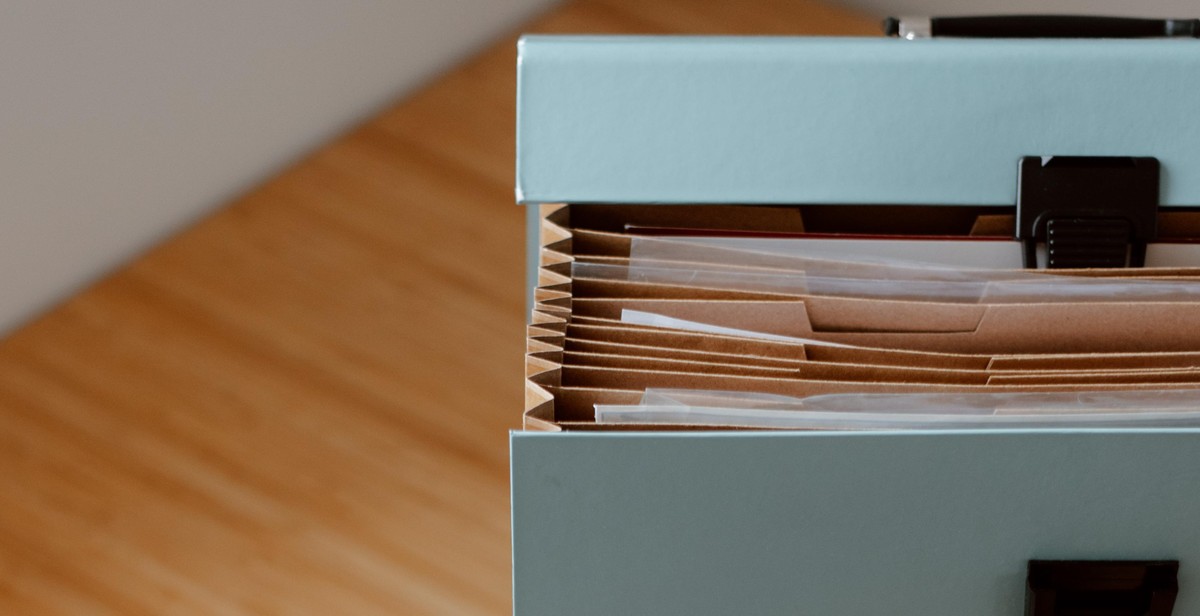How to Organize and Declutter Your Digital Files and Folders
With the increasing amount of digital information we accumulate on a daily basis, it’s no surprise that many of us struggle with organizing and decluttering our digital files and folders. Whether it’s documents, photos, music, or videos, having a cluttered and disorganized digital space can lead to frustration, wasted time, and even lost files.
In this article, we’ll explore some practical tips and strategies to help you organize and declutter your digital files and folders. From creating a system for naming and categorizing files to utilizing cloud storage and backup solutions, we’ll cover everything you need to know to get your digital space in order.
The Benefits of Organizing Your Digital Files and Folders
Before we dive into the specifics of how to organize and declutter your digital space, let’s take a moment to consider the benefits of doing so:
- Increased productivity and efficiency
- Reduced stress and frustration
- Easier access to important files
- Better protection against data loss
With these benefits in mind, let’s get started on creating a clutter-free and organized digital environment.

Why Organizing Your Digital Files is Important
With the emergence of technology, digital files have become an integral part of our lives. We store photos, documents, music, and other important files on our computers, smartphones, and other digital devices. However, with the increasing amount of digital files we accumulate, it can be challenging to keep track of everything. This is why organizing your digital files is crucial for saving time, increasing productivity, reducing stress, and improving mental clarity.
Save Time and Increase Productivity
One of the most significant benefits of organizing your digital files is that it saves you time and increases your productivity. When you have hundreds or thousands of files scattered across your computer or other devices, finding what you need can be time-consuming and frustrating. However, when you organize your files into folders and subfolders, you can easily locate the file you need without wasting precious time searching for it. This allows you to focus on more important tasks, increasing your productivity and efficiency.
Reduce Stress and Improve Mental Clarity
Disorganized digital files can cause stress and anxiety. When you can’t find the file you need, it can be frustrating and overwhelming. This can lead to feelings of stress and anxiety, which can negatively impact your mental clarity and overall well-being. However, when you organize your digital files, you eliminate this stress and improve your mental clarity. You know exactly where everything is, and you can access it quickly and easily. This reduces the mental clutter and allows you to focus on more important things, such as work, family, and hobbies.
Overall, organizing your digital files is essential for saving time, increasing productivity, reducing stress, and improving mental clarity. It may seem like a daunting task, but once you get started, you’ll be surprised at how quickly you can organize your files and how much better you’ll feel. So, take some time to declutter and organize your digital files today.

Tips for Organizing Your Digital Files and Folders
If you’re like most people, your digital files and folders are probably a mess. With so much data to manage, it’s easy for things to get out of control. But don’t worry, with the following tips, you can get your digital life organized and decluttered in no time.
Create a Folder Structure
The first step in organizing your digital files and folders is to create a folder structure. This will help you keep track of your files and make it easier to find what you need. Start by creating broad categories that make sense for your needs. For example, you might have a folder for work-related files, a folder for personal documents, and a folder for photos and videos. From there, you can create subfolders to further organize your files.
Use Descriptive File Names
When it comes to naming your files, be sure to use descriptive names that make sense. Avoid generic names like “document1” or “picture2” and instead use names that describe the content of the file. This will make it easier to find what you need later on. For example, instead of naming a file “resume,” name it “JohnDoe_Resume_2021.”
Get Rid of Unnecessary Files
One of the biggest challenges in organizing your digital files and folders is dealing with unnecessary files. It’s easy to accumulate a lot of files over time that you no longer need. Take the time to go through your files and delete anything that you no longer need. This will not only help you free up space on your hard drive, but it will also make it easier to find what you need.
Use Tools and Software to Help Organize Your Files
There are many tools and software programs available that can help you organize your digital files and folders. For example, you might use a program like Dropbox to store and sync your files across multiple devices. Or you might use a program like Evernote to keep track of notes and documents. Whatever tools you choose, make sure they fit your needs and make it easier for you to stay organized.
| Tip | Description |
|---|---|
| Create a Folder Structure | Start with broad categories and create subfolders to further organize your files. |
| Use Descriptive File Names | Avoid generic names and use descriptive names that make sense. |
| Get Rid of Unnecessary Files | Take the time to go through your files and delete anything that you no longer need. |
| Use Tools and Software to Help Organize Your Files | There are many tools and software programs available that can help you stay organized. |

How to Declutter Your Digital Files
Decluttering your digital files is necessary to keep your computer organized and running smoothly. Here are some steps to follow:
Start with a Plan
Before you start decluttering your digital files, it’s important to create a plan. This plan should include your goals for organizing your files and a timeline for completing the task. Consider which files are most important and which ones can be deleted or archived.
Sort Your Files into Categories
The next step is to sort your files into categories. This will make it easier to identify which files you need to keep and which ones you can delete or archive. Some common categories include work files, personal files, photos, and videos. You can also create subcategories within each category to further organize your files.
Delete or Archive Unnecessary Files
Once you have sorted your files into categories, it’s time to delete or archive unnecessary files. This includes duplicates, outdated files, and files that you no longer need. Be sure to check your trash folder and delete any files that are no longer needed.
Organize Your Remaining Files
Now that you have deleted or archived unnecessary files, it’s time to organize your remaining files. You can do this by creating folders and subfolders within each category. Be sure to give each folder a descriptive name so you can easily find the files you need. You can also use tags to further organize your files.
- Create folders and subfolders within each category
- Give each folder a descriptive name
- Use tags to further organize your files
By following these steps, you can declutter your digital files and keep your computer organized. Remember to regularly review and update your files to ensure that they remain organized and up-to-date.

Maintaining Your Digital File Organization System
Organizing and decluttering your digital files and folders is a great first step, but it’s important to maintain your system to ensure it stays organized and clutter-free. Here are some tips for maintaining your digital file organization system:
Regularly Review and Update Your Files
Set aside time on a regular basis to review and update your files. Delete any files that are no longer needed and update any outdated or incorrect information. This will help keep your digital files organized and ensure you have the most up-to-date information.
Backup Your Files
Backing up your files is crucial to maintaining your digital file organization system. Make sure you have a backup system in place, whether it’s an external hard drive or a cloud-based storage solution. Regularly back up your files to ensure you never lose important information.
Stay Consistent with Your Filing System
Consistency is key when it comes to maintaining your digital file organization system. Make sure you stick to your chosen filing system and avoid creating new folders or subfolders unless absolutely necessary. This will help keep your files organized and easy to find.
By following these tips, you can maintain your digital file organization system and keep your files organized and clutter-free.
